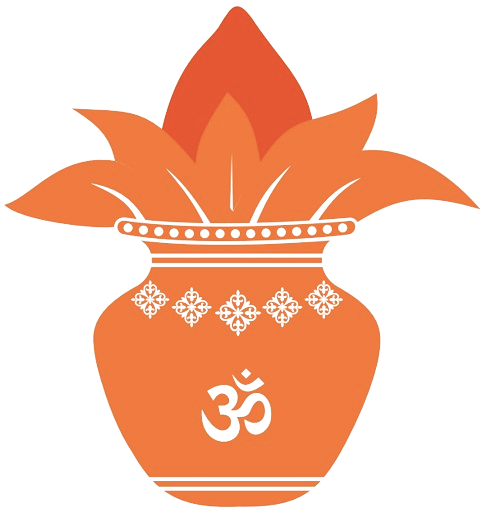






Meenakshi Temple
Description
Arulmigu Meenakshi Sundareswarar Temple, also known as Arulmigu Meenakshi Amman Thirukkovil, is a historic Hindu temple located on the southern bank of the Vaigai River in the temple city of Madurai, Tamil Nadu, India. The temple is dedicated to the goddess Meenakshi, a form of Shakti, and her consort, Sundareshwarar, a form of Shiva. This temple is at the center of the ancient temple city of Madurai, which is mentioned in the Tamil Sangam literature. The goddess temple is mentioned in the texts of the 6th century CE. This temple is one of the Paadal Petra Sthalams, which are the 275 temples of Shiva that are revered in the verses of Tamil Saiva Nayanars of the 6th-9th century CE. The west tower (gopuram) of the temple is the model based on which the Tamil Nadu State Emblem is designed.
Tales
The Meenakshi temple is unique as it is dedicated to the goddess Meenakshi, unlike most Shiva temples in South India where Shiva is the principal deity. Legend has it that King Malayadwaja Pandya and his wife Kanchanamalai performed a Yajna to have a son for succession. Instead, a daughter was born out of the fire who was already three years old and had three breasts. Shiva intervened and advised the parents to treat her like a son, promising that when she meets her husband, she will lose the third breast. The girl, named Meenakshi, grew up and was crowned the successor of the kingdom. When she met Shiva, his words came true, and she took her true form of Meenakshi. This story reflects the matrilineal traditions in South India and the regional belief that "penultimate [spiritual] powers rest with the women", gods listen to their spouse, and that the fates of kingdoms rest with women. The marriage of Meenakshi and Shiva was a grand event with all the gods, goddesses, and living beings gathered. Vishnu is believed to be the brother of Meenakshi, who gave her away to Shiva at the wedding.
History
Madurai is an ancient town mentioned in Sangam-era texts dating from the 1st to 4th century CE. Some early Tamil texts refer to Madurai as Koodal, portraying it as a capital and temple town where every street radiated from the temple. Goddess Meenakshi was considered the divine ruler, and along with Shiva, the primary deities revered by the southern Tamil kingdoms, such as the Pandya dynasty. The early texts suggest that a temple existed in Madurai by the mid-6th century. In medieval literature and inscriptions, it is sometimes referred to as Kadambavanam (meaning "forest of Kadamba") or Velliambalam (meaning "silver hall" where Shiva danced). It is described as the Sangam of scholars, or a place where scholars meet, and is mentioned in the Tamil text Tiruvilayadalpuranam and the Sanskrit text Halasya Mahatmya. It is also one of the shrines of the 275 Paadal Petra Sthalams.
Features
Deities:
Timings:
All week: 6 am to 11 am and 5:30 pm to 9 pm
Built:
6th century BC
E - Puja
Get Pujas performed in your name
Pratishthan
Get Puja items, Prasadam, products delivered from auspicious temples around India to your doorstep.
Live Darshan
Explore on demand Darshan streaming
Explore on demand Darshan streaming


.jpg)

